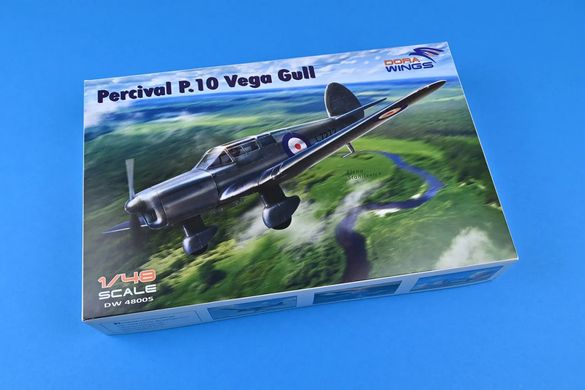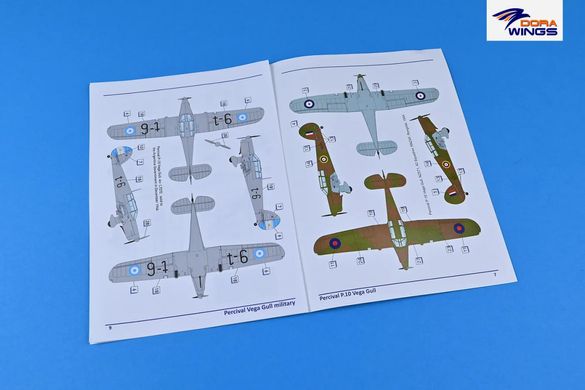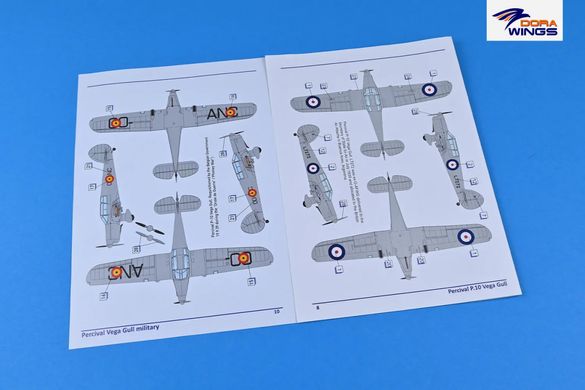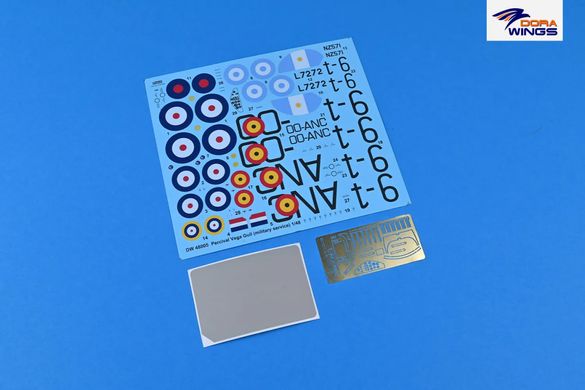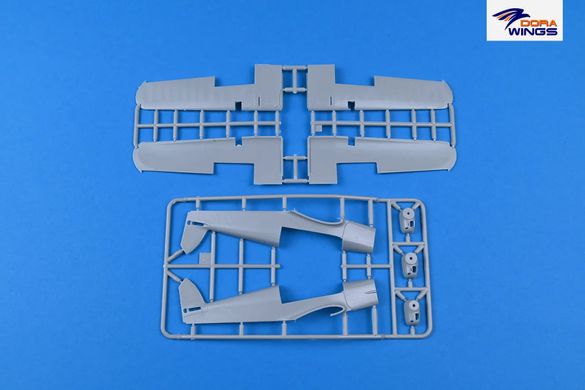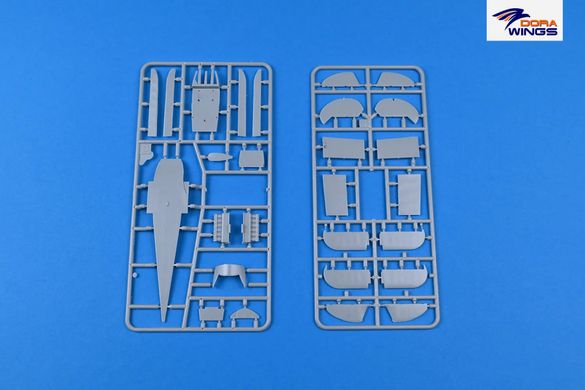The Percival Vega Gull was a British fixed-gear touring, training and liaison aircraft that first flew in 1935, and around 90 of the type were built during its production run (which lasted from 1935 to 1939). The plane in the basic version had a length of 7.77 meters with a wingspan of 12 meters. The drive was provided by one de Havilland Gipsy Six engine with a maximum power of 205 hp. The maximum speed was 280 km/h, with a climb of 5.2 m/s. The car had no on-board weapons. The Percival Vega Gull was originally designed for the civilian market as a light touring aircraft, an evolutionary development of the Percival Gull. Compared to its predecessor, the new plane was lengthened and its wingspan increased. A fourth seat was also added in the cockpit of the pilot and passenger, and the steering system was modernized. Despite relatively minor changes, it was possible to significantly increase the carrying capacity and flight range. Aircraft of this type were also exported to a number of countries of the British Commonwealth, including Australia and New Zealand. After the outbreak of the Second World War, many Percival Vega Gulls were confiscated by the Royal Air Force and sent to schools and training purposes, where they did not perform too badly. The Vega Gull model was replaced by its successor - Percival Proctor's car.















